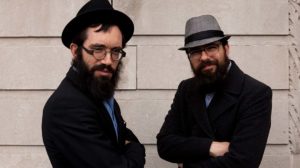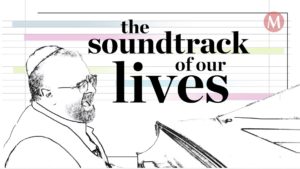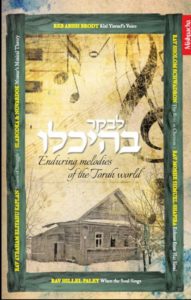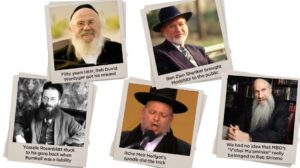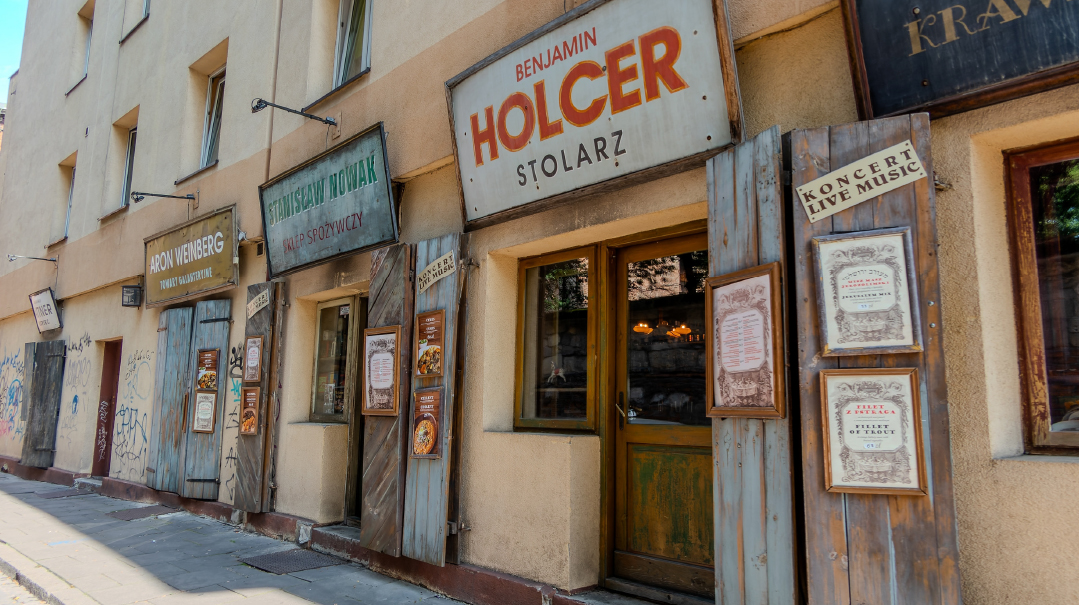Shuls around the Corner
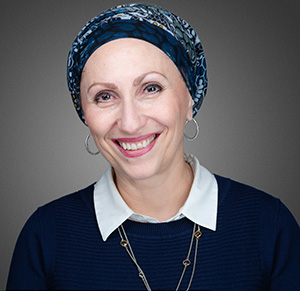

PHOTO OP As Michael would go to different neighborhoods visiting he’d check out the local shuls as well. “In some of them there was barely a minyan. I’d be the tenth guy” he recalls. While in these shuls he began taking pictures with his cell phone thinking perhaps he was preserving them for posterity. In the process he began wondering if anyone had done a book about New York synagogues. Photos: Amir Levy Michael Weinstein
T he large solid brick shul with the Moorish Revival arches dominates the corner of Avenue T and Homecrest Avenue in Flatbush. “The Friendliest Minyan in Flatbush!” boasts a sign on the wall.
I’ve driven past it dozens of times yet I’ve never set foot inside the place. Today though I’ll go inside Beth El of Flatbush for the first time with Michael J. Weinstein author of the newly published Ten Times Chai: 180 Orthodox Synagogues of New York City (Brown Books 2017). Michael did what most of us New York residents never bother to do: actually step foot inside all those synagogues we pass by car and on foot every day and photograph their interiors.
A financial advisor by trade (a director of investments with Oppenheimer & Co.) Michael meets us in a blue suit and checked tie shoes neatly polished. He has a quiet sincere manner and despite his 54 years projects a very youthful wonder at the brave new world of synagogues — and Judaism — he’s discovered in the past five years. His persona may be low-key but undertaking a project of this magnitude — creating a photographic treasury of shuls in every borough of New York — clearly required no small amount of inner drive.
Michael’s own history not to mention the history of the shuls he photographed reflects in microcosm the journey of the Jewish settlement in America. “Many of these shuls were originally Orthodox then they became Conservative or Reform and now they’re Orthodox again to follow the demographics ” he says. Likewise his ancestors came to the United States as frum Jews veered toward lower levels of observance as they moved from the city to the suburbs and now Michael and his family have come back to Orthodox Judaism.

Beth El of Flatbush has a personal significance for Michael: Here he found a bronze yahrtzeit plaque from 1942 commemorating his great-grandmother Anna (Nechama) Kestin. “I knew my great grandparents lived on East 17th Street so I went looking for the nearest shuls where they might have davened. When I came here I found her plaque ” he says. “There are actually three Beth Els in New York. The one in Boro Park is the most historic. The one in Jamaica Estates [Queens] is the newest and most beautiful to my mind but this one is the most special to me.”
The shul’s interior is cavernous with a musty smell Michael finds comforting “like a grandmother’s apartment.” Four massive chandeliers cranked from the ceiling sway above us. The walls have been freshly painted a sunny yellow (a change from the original blue) and the pews revarnished. Huge stained-glass windows on each side let in a subdued amount of sunlight and a blue dome on the ceiling is lined with tiny lights. The shul is 91 years old and it’s been designated a New York City landmark. (Excerpted from Mishpacha Issue 685)
Oops! We could not locate your form.


